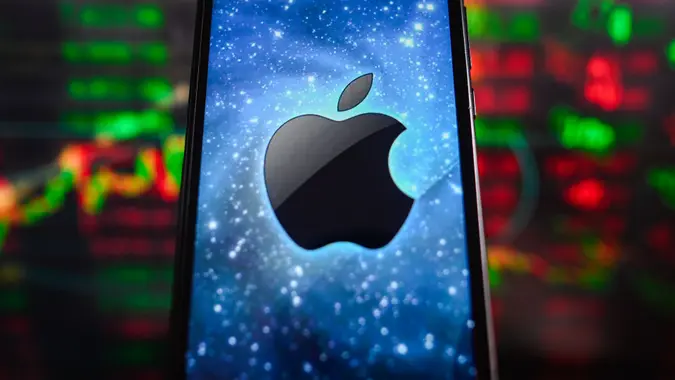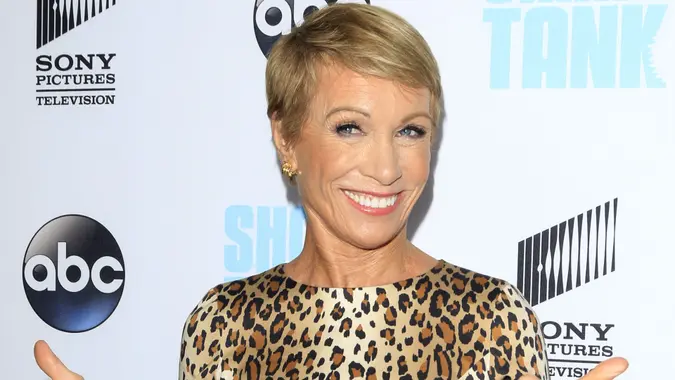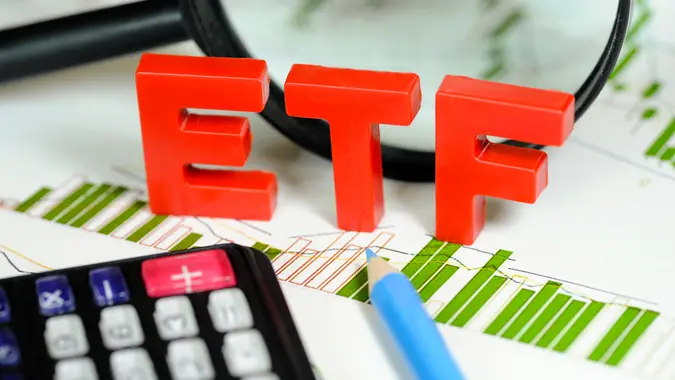3 Fidelity ETFs To Consider Investing In This Year

Commitment to Our Readers
GOBankingRates' editorial team is committed to bringing you unbiased reviews and information. We use data-driven methodologies to evaluate financial products and services - our reviews and ratings are not influenced by advertisers. You can read more about our editorial guidelines and our products and services review methodology.

20 Years
Helping You Live Richer

Reviewed
by Experts

Trusted by
Millions of Readers
Fidelity offers a wide range of exchange-traded funds (ETFs) that give investors exposure to benchmarks, sectors and other investment opportunities. The brokerage firm also has low expense ratios for most of its ETFs, which means you get to keep most of your gains.
Fidelity ETFs aren’t one-size-fits-all investments. Some aim to deliver maximum returns, while others attempt to reduce volatility and offer high cash flow. If you are an investor looking to invest in ETFs, you may want to keep these ETFs on your radar.
Fidelity MSCI Information Technology Index ETF
The Fidelity MSCI Information Technology Index ETF (FTEC) aims to give investors exposure to the MSCI USA IMI Information Technology Index. The fund has a 0.084% expense ratio and a 0.45% SEC yield. It has also returned over 20% over the past 10 years.
This ETF is filled with tech stocks that have outperformed the stock market, including a bunch of the big names that have dominated the news. The fund has nearly 58% of its total assets into its top 10 holdings, but the top three holdings are getting the bulk of the fund’s total assets. Apple (AAPL), Nvidia (NVDA) and Microsoft (MSFT) make up more than 40% of its total assets.
While other funds offer more diversification, this is a pure tech play, as over 99% of its capital goes into tech stocks.
Fidelity Enhanced Large Cap Growth ETF
The Fidelity Enhanced Large Cap Growth ETF (FELG) has a similar top 10 list as the MSCI Information Technology Index ETF. The fund’s top three holdings — Apple, Nvidia and Microsoft — make up more than 30% of the fund’s total assets. Furthermore, the top 10 holdings make up 60% of the fund’s total assets. However, there are a few notable differences.
Information technology is heavily represented in this ETF, but the sector makes up only 44% of its total assets. Consumer discretionary and communication services are the second- and third-largest sectors, making up about 18% and 15% of the fund’s total assets, respectively.
The fund has an 0.18% net expense ratio and a 0.41% SEC yield. It has over $3 billion in total assets and has delivered a 16% return over the past decade. Investors who want heavy exposure to information technology, along with some diversification, may want to give this ETF a closer look.
Fidelity Blue Chip Growth ETF
The Fidelity Blue Chip Growth ETF (FBCG) prioritizes blue chip stocks. It has about 62% of its assets in its top 10 holdings.
Nvidia, Apple and Amazon (AMZN) are the top three holdings, while Microsoft is the fifth-largest holding. The top three holdings make up more than 30% of its total position. This approach has worked out nicely for the fund, as it has returned nearly 16% over the past three years.
It has a 0.59% expense ratio and over $4 billion in total assets.
Also, as per Fidelity’s website, this ETF is different from most others in that this ETF doesn’t disclose what assets it holds each day.
Editor’s note: All ETF figures are as of Feb. 18, 2024.
 Written by
Written by  Edited by
Edited by 
























